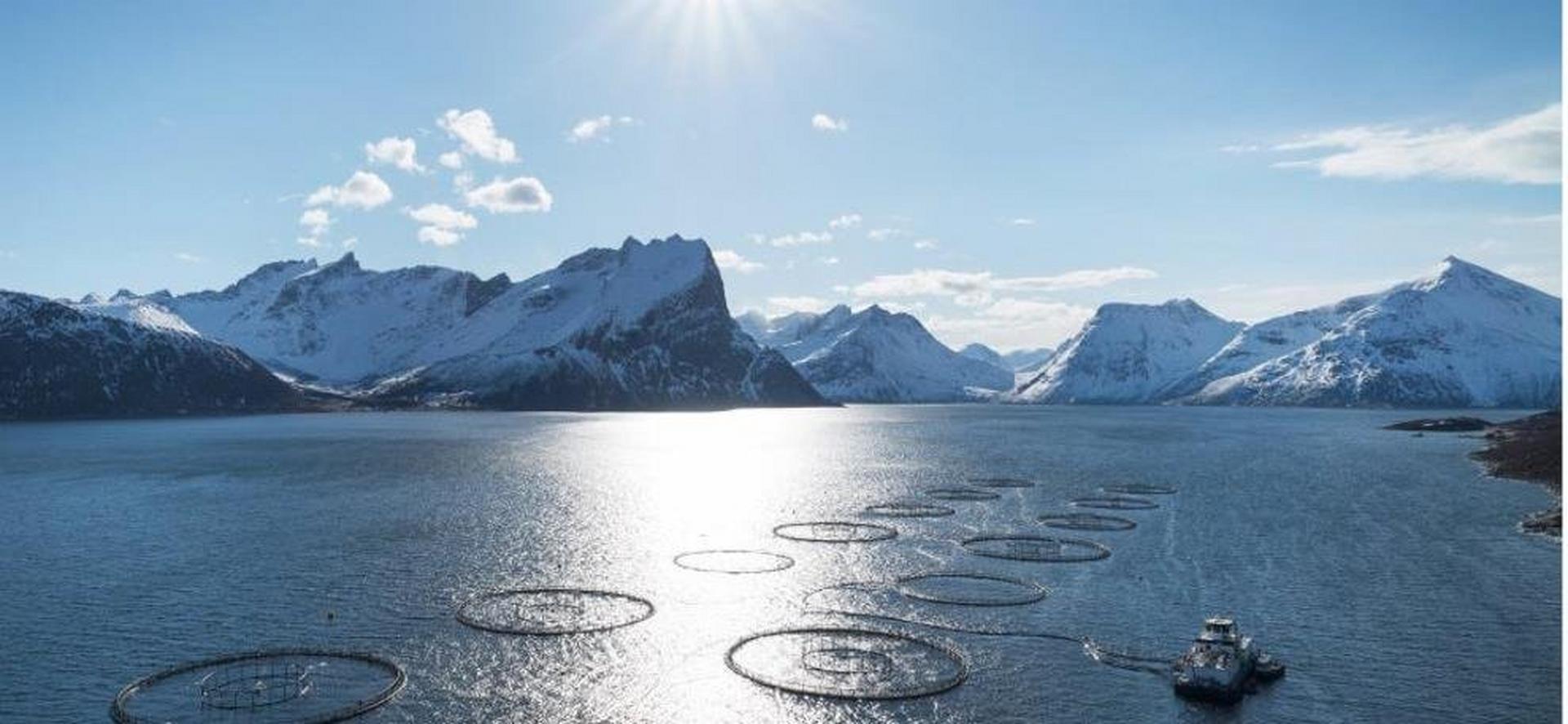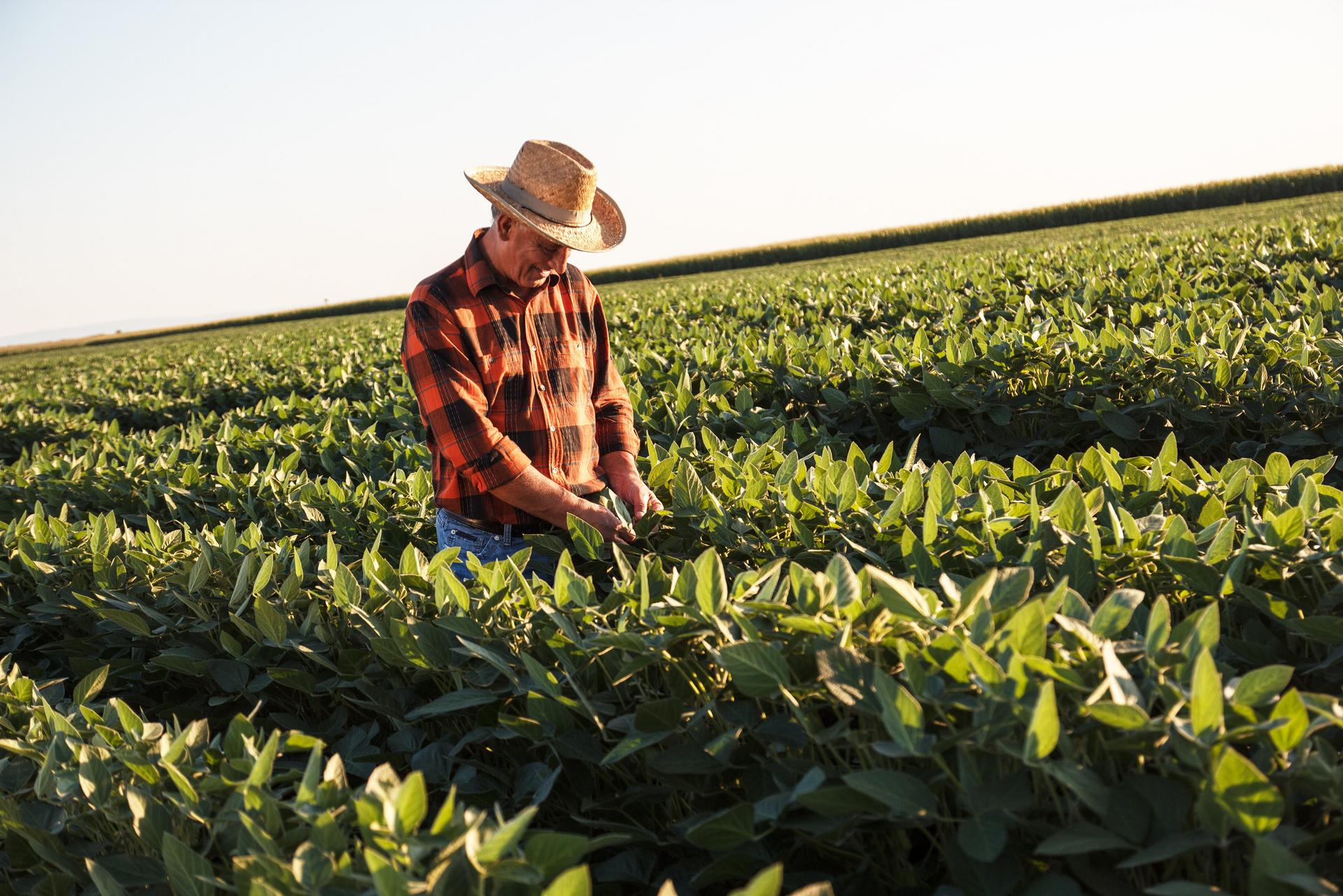A global collaboration of scientists, shrimp farmers, aquafeed producers and sustainability experts is now working to uncover the true extent of direct emissions from shrimp ponds.
BioMar has been instrumental in this ambitious project, partnering with ThinkAqua under the IDH initiative to measure and analyse emissions and gain a deeper understanding of shrimp farming’s impact. As one of the world’s biggest shrimp producers, Ecuador is at the heart of this research.
Shrimp ponds are dynamic ecosystems teeming with microbial activity. These microorganisms break down waste, leftover feed and organic matter, but in the process, they release gases into the water, eventually escaping into the atmosphere. Methane is particularly challenging as it is produced in oxygen-starved environments at the bottom of the pond. At the same time, nitrous oxide, an even more potent greenhouse gas, is released through microbial nitrogen cycling.
Researchers designed floating gas collection devices to understand these emissions. These simple yet effective inverted chambers trap and
measure gases escaping from the pond surface. By sampling Ecuadorian ponds across different management techniques and production cycles, the research aims to determine how farming practices influence emissions and identify pathways for reduction.
This research extends beyond scientific discovery. It is crucial to build a more responsible and economically viable shrimp industry. Ecuador’s shrimp sector is vital to the global seafood market and BioMar is committed to ensuring its long-term environmental performance.
By refining feed formulations, optimising aeration techniques and refining farm management, shrimp producers can potentially significantly reduce emissions while improving profitability.
The findings from this research will ripple far beyond these study sites, shaping global seafood production and reinforcing Ecuador’s role as a hub for responsible shrimp farming.






